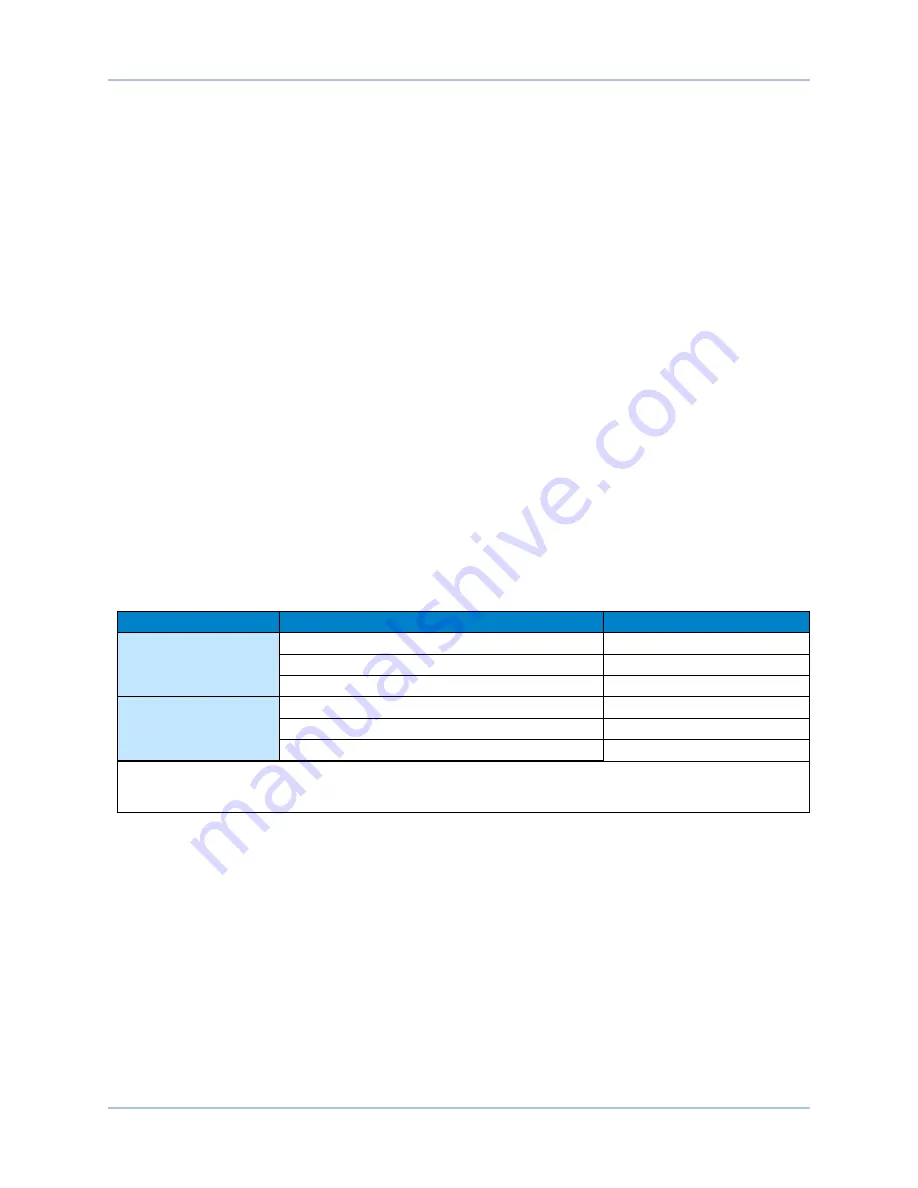
Installation and Configuration
Npaq® Hardware Manual
2.2.2. Minimizing Conducted, Radiated, and System Noise
To reduce electrical noise, observe the following motor and input power wiring techniques.
1. Use shielded cable to carry the motor current and tie the shield to earth ground.
2. Use a cable with sufficient insulation. This will reduce the capacitive coupling between the leads that,
in turn, reduces the current generated in the shield wire.
3. Motor cables must be physically separated from low level cables carrying FireWire, encoder and IO
signals.
4. The AC Line Filter Option is required for EMC compliance (see
).
5. User connections to the product must be made using shielded cables with metal D-style connectors
and back shells. The shield of the cables must be connected to the metal back shell in order for the
product to conform to the radiated emission standards.
6. The Npaq is a component designed to be integrated with other electronics. EMC testing must be
conducted on the final product configuration.
2.2.3. I/O and Signal Wiring Requirements
The I/O, communication, and encoder feedback connections are typically very low power connections. In
some applications, especially when there are significant wire distances, a larger wire size may be required to
reduce the voltage drop that occurs along the wire. This increase may be necessary in order to keep the
voltage within a specified range at a remote point.
Low voltage and high voltage wires should be kept physically separated so that they cannot contact one
another. This reduces the risk of electric shock and improves system performance.
Connection
Specification
Value
Signal Wiring
Cable/Wire Rating
(1)
300 V
Minimum Current Capacity
.25 A
Temperature Rating (Insulation)
(2)
80°C
Low Voltage Power
Cable/Wire Rating
(1)
300 V
Minimum Current Capacity
(3)
1 A
Temperature Rating (Insulation)
(2)
80°C
1. ≥ 30 V if the wiring is
not
in close proximity to wiring operating at voltages above 60 V.
2. Insulation rating will need to be rated for the higher voltage if the wiring is in proximity to wiring operating at voltages above 60 V.
3. Larger gauge wire may be required to minimize voltage drop due to voltage (IR) loss in the cable.
www.aerotech.com
Chapter 2
33
















































